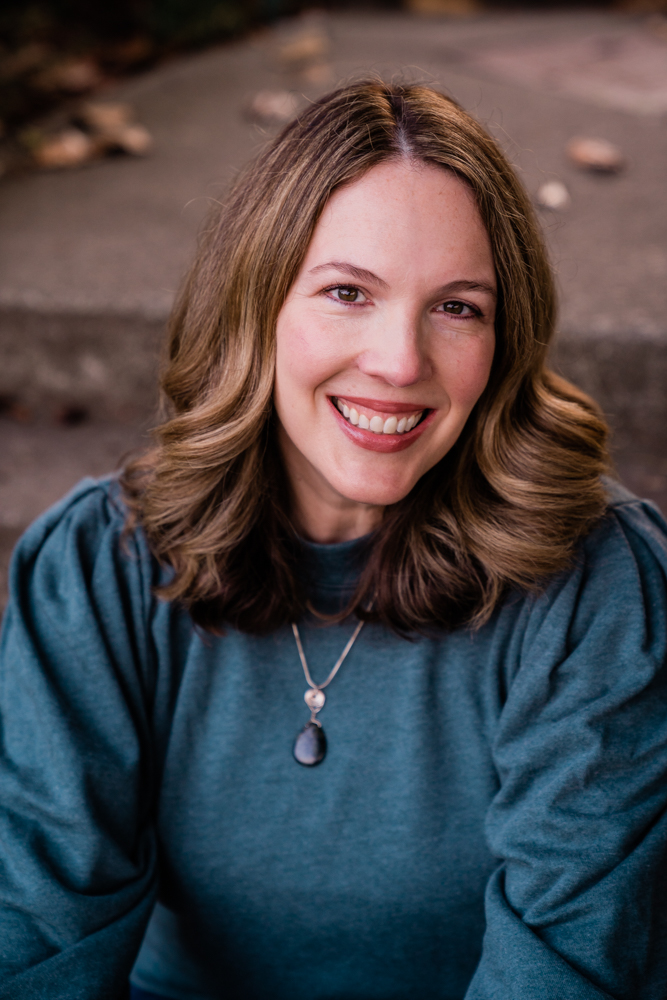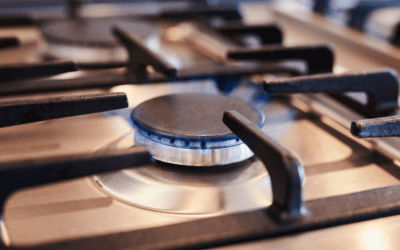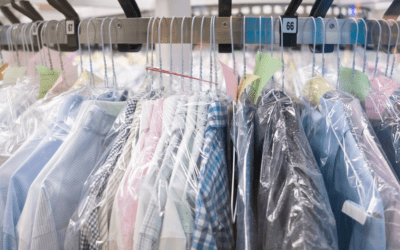Helping to create a healthier home for you and your family

What I Do
I work with clients, from pre-conception on, to identify the biggest potential exposures to things that could be undermining fertility and/or health. Together we work to reduce common exposures to toxins so you can rest assured that your home is as healthy as it can be for you and your family.
Why Lower Tox Living Matters
Even though we are living longer lives, it’s getting harder to conceive naturally. It’s estimated that most couples will need reproductive assistance by 2045. That’s staggering! In addition, developmental disorders in children like autism and ADHD are on the rise and rates of chronic diseases like asthma, diabetes, obesity, auto-immune disease, thyroid conditions, skin disorders, and certain cancers are skyrocketing.
These trends are not going in the right direction and it’s no longer possible to only focus on genetics or lifestyle choices. There’s something happening in our environment that is having major implications for our health.
The founding president of Bastyr University, the nation’s leading science-based natural medicine and research university has stated that “Toxicity is the primary driver of disease”.
Looking at these stats, it’s easy to see why:
# of chemicals automatically presumed safe and grandfathered in when the Toxic Substances Control Act was passed
# of chemicals used in personal care products - the majority of which have never been evaluated for safety
years since the Safe Drinking Water Act was updated, even though many new contaminants in drinking water have been identified
200+
# of man-made chemicals in our bodies, according to the CDC
%
the amount that sperm counts in Europe, North America, Australia and New Zealand have declined since 1973
2-5X
According to the EPA, indoor air can be 2-5 times and as much as 100 times worse than outdoor air, exposing us to chemicals in dust and air.
Why Work Together?
I’ve been where you are today. I’ve felt the anxiety and fear of worrying about what my family was being exposed to, whether from drinking water, food, or household products. I’ve spent countless hours trying to research filters and other products only to be led down a rabbit hole of company claims that I later found out were bogus. All of this adds up to wasted time, wasted money, and a ton of unnecessary stress and anxiety.
We all just want what’s best for our families and I want to make this easier for you by offering practical education and real solutions.

After working together you will:
- Gain more confidence when purchasing laundry, cleaning, personal care and other products for your home and family
- Have a home with improved indoor air quality
- Understand where toxins can hide in food and food packaging
- Understand contaminants present in your water and if necessary, the right filter for your needs
- Reduce the # of toxic exposures you and your family are getting every day
Although these exposures aren’t entirely avoidable, together we can identify the biggest opportunities and take steps to lessen these at home, reducing body burden and giving you greater peace of mind.

healthy home

children / babies

personal care / beauty

water purification

food
The Latest Posts
Low Tox Mattress Buying Guide
In this blog post, I outline what to look for and what to avoid in your next mattress purchase, along with some of my favorite non-toxic mattress brands because we shouldn’t have to sacrifice our health for a good night’s sleep.
Gas Stoves and your Health
Gas stoves have been in the news a lot over the last year. If you cook with a gas stove, this post will help you understand the ways it can impact indoor air quality and what you can do to lower the risks.
Dry Cleaning and your Health
You know that distinct dry-cleaning smell that your clothes have when you bring them home? That smell is from a chemical called perchloroethylene or tetrachloroethylene, also known as PERC. Despite being treated as a carcinogen by the National Institute of Occupational Safety and Health, this chemical is still used in 70-85% of dry cleaning businesses.



